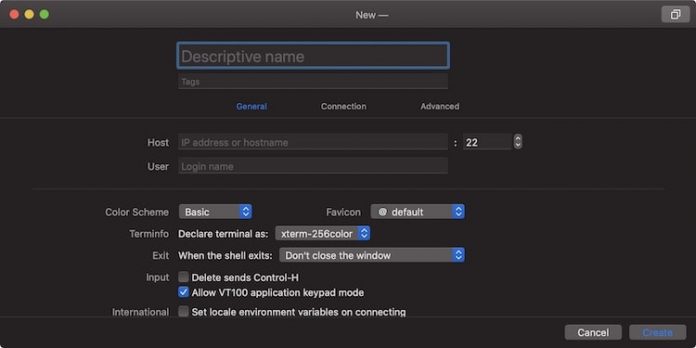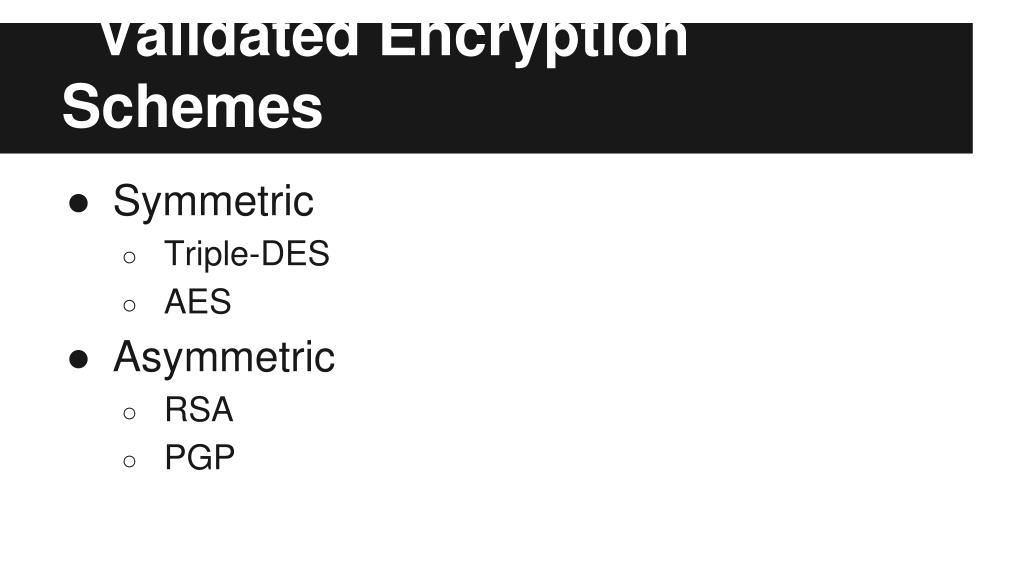
Open the Keychain Access application, open its preferences (CMD-,) and check the “Show Status in Menu Bar” option. You have another option for Keychain management if you want to leave your GnuPG passphrase in your keychain. With this setting, even if someone comes by and wakes your computer up, your keys will remain secure. You can also set it to “Lock when sleeping” if you’re the sort to put your computer to sleep at the end of the day, or if you’re a laptop user who doesn’t shut down between sessions.

Gnupg mac download password#
If you want to set up your own Keychain to do something similar, open the Keychain Access application ( Applications:Utilities:Keychain Access.app), right- or ctrl-click the keychain labeled “login,” select change settings for keychain “login” … and choose how long your login keychain should wait until it locks itself back up, requiring you to use your login password to regain access. Since I don’t engage in any criminal enterprise and don’t have any reason to believe a SWAT team will rappel through my living room window, I have GPGMail (and any other tools that offer this option) set to “Use Keychain to store passphrases,” and I’ve got my Apple Keychain set up to time out after 30 minutes. I work in a home office with nobody else around all day long. On my dekstop, I can afford to be a little more lax. I’d hate to have a laptop I’ve signed into stolen, with all my passphrases left in a signed-in state. That’s because any laptop is physically insecure and because I tend to keep mine sleeping instead of powering it down when I’m out and about with it. On my laptop, I have all everything involving sensitive information set to require me to manually enter my passphrases. I have two approaches, depending on the situation. the security of having to key it in manually each time you sign or encrypt a message.
Gnupg mac download how to#
You have to judge for yourself how to balance the convenience of letting the computer remember your passphrase vs.

We’ll touch on the most important settings here. The GPGMail preference window has four tabs. You can make sure that installation went OK by opening up the preferences in Mail (CMD-,) and looking for a preference tab for “PGP.” Setting GPGMail’s Preferences
Gnupg mac download install#
Leopard users have to install GPGMail themselves, using these instructions from the README: Tiger and Panther users have the option to run a mail script or handle installation manually. Once you’ve opened the disk image, there are a few ways to install the software. At the top of the page, there’s also a link to a beta version for 10.5 (Leopard). You can choose between versions for OS X 10.4 (Tiger) or 10.3 (Panther). You can find the current version far down the page. Downloading and Installing GPGMailĪt the GPGMail site, you’ll find three downloads. This week you’ll need GPGMail to follow along. We also suggested downloading GPGMail, a plugin that works with Apple’s Mail.app and provides a means to sign and encrypt e-mail messages.

This time around, we’re going to install a tool for GnuPG on the Mac that provides e-mail encryption and signing, and spend a little time on the issue of how to best secure your GnuPG keys. We continue our discussion on securing your files and messages with a look at e-mail encryption and signing.īefore the holidays, we started to look at GNU Privacy Guard (aka GnuPG), a tool that uses public-key cryptography to provide virtually impenetrable encryption for your files and messages.


 0 kommentar(er)
0 kommentar(er)
